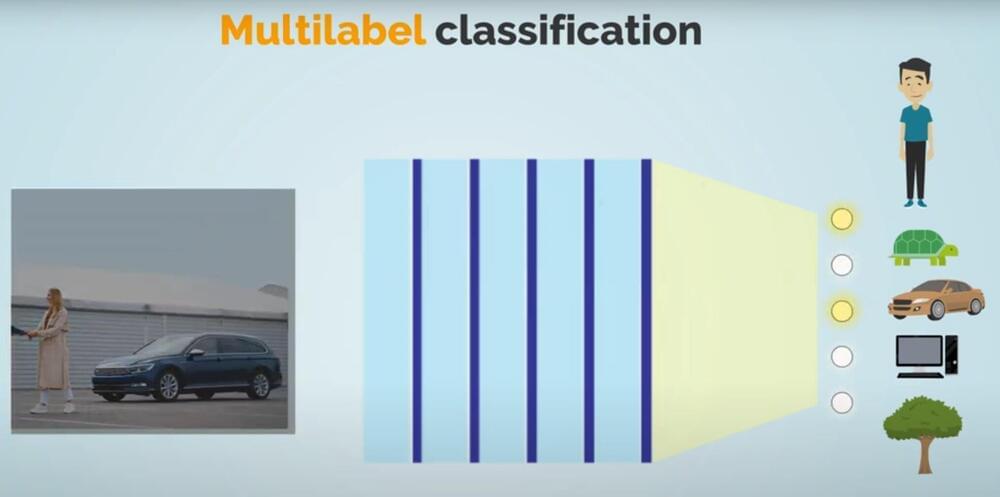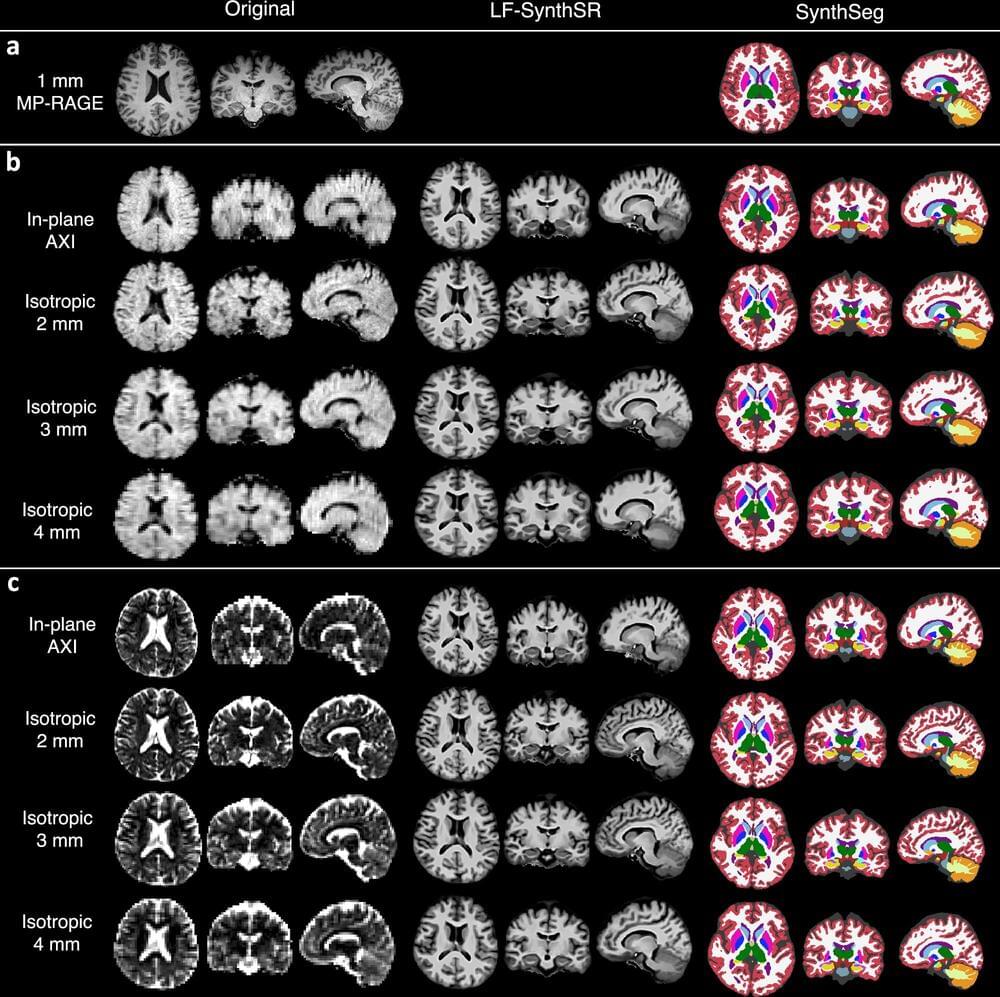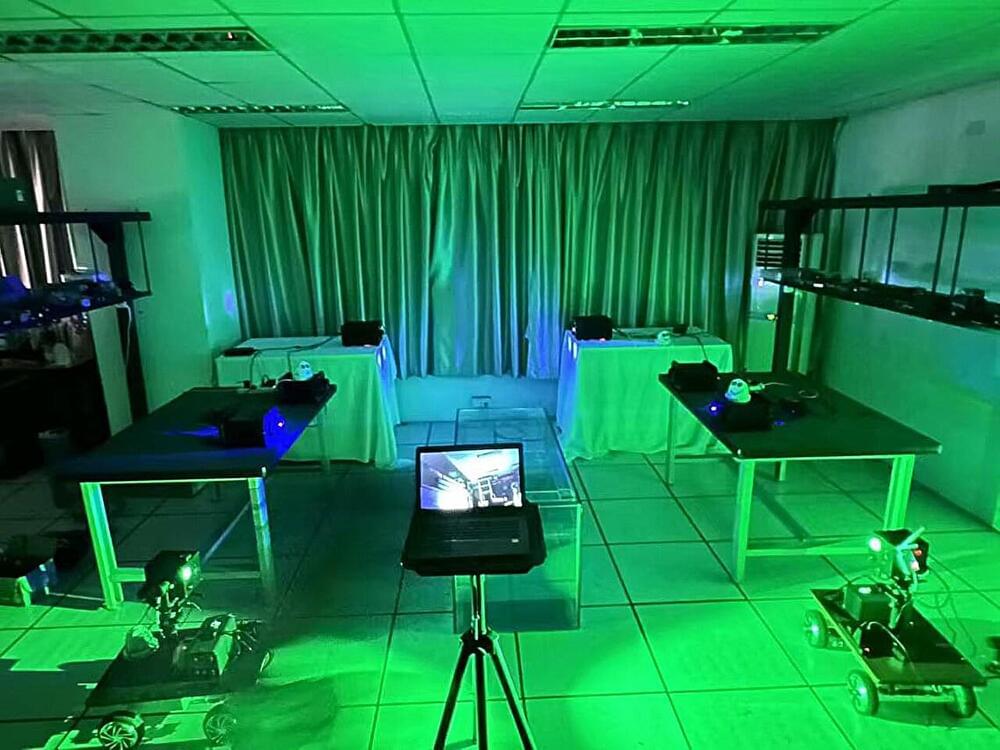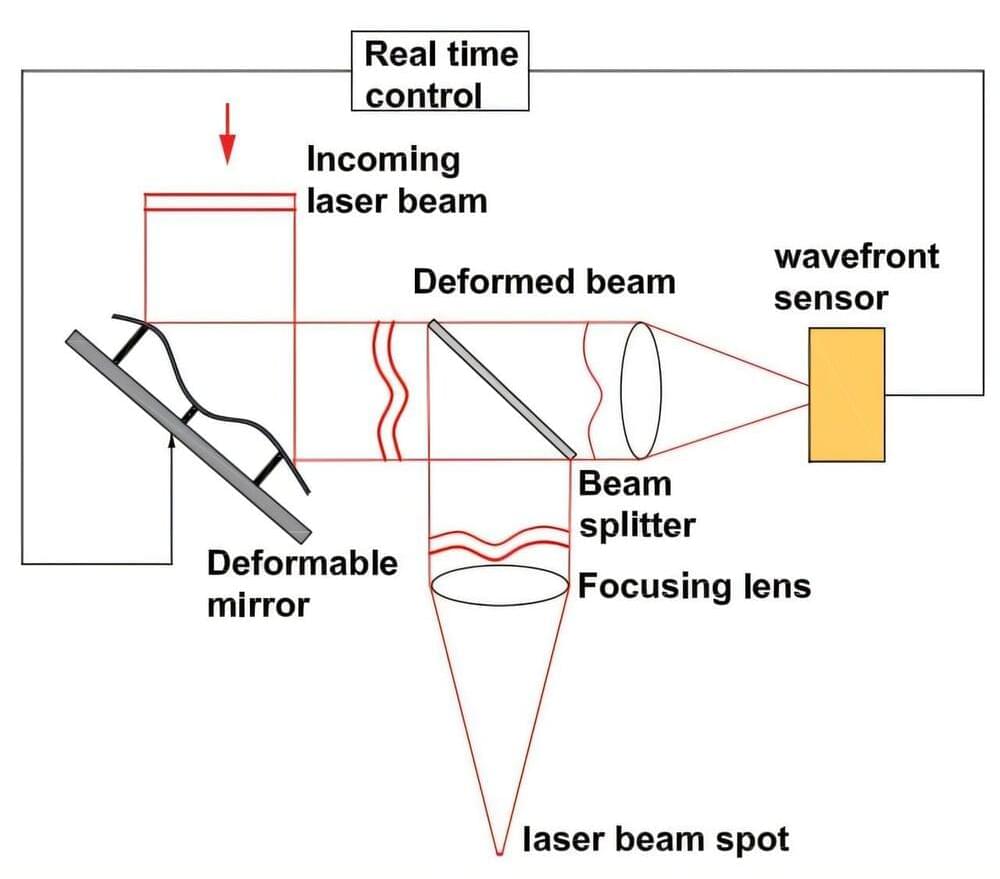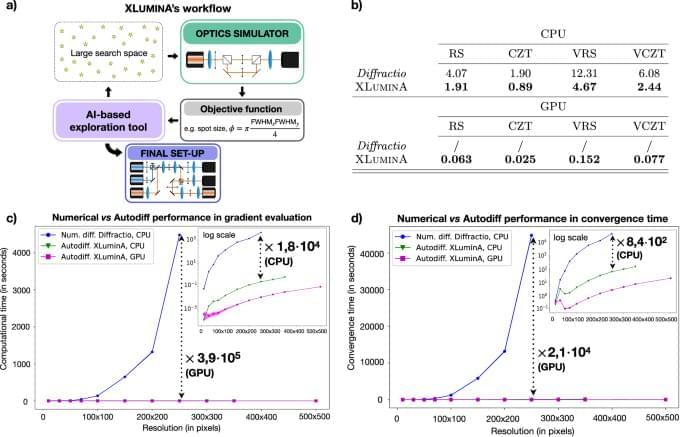The dream of building a practical, fault-tolerant quantum computer has taken a significant step forward.
In a breakthrough study recently published in Nature, researchers from Google DeepMind and Google Quantum AI said they have developed an AI-based decoder, AlphaQubit, which drastically improves the accuracy of quantum error correction—a critical challenge in quantum computing.
“Our work illustrates the ability of machine learning to go beyond human-designed algorithms by learning from data directly, highlighting machine learning as a strong contender for decoding in quantum computers,” researchers wrote.





